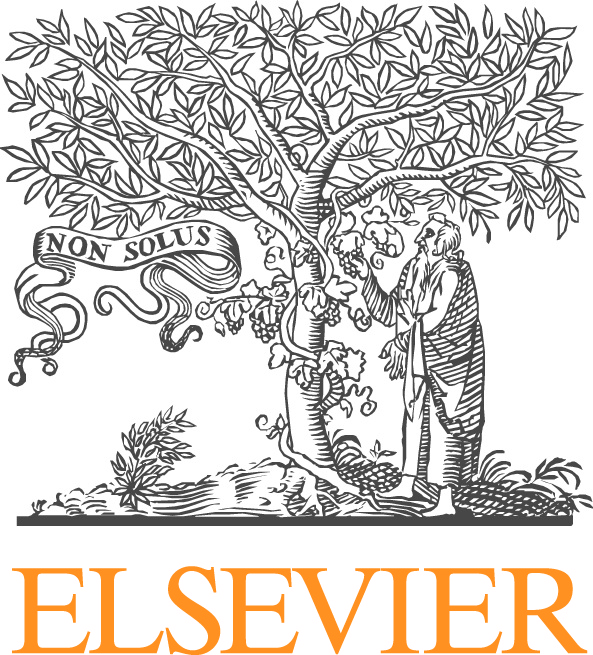
Methods for Cut and Composite Meshes: Theory, Algorithms, and Applications
Andre Massing, Mats G. Larson, Anders Logg
Multi-domain and multi-physics problems with moving interfaces can be severely limited by the use of conforming meshes when complex geometries in three spatial dimensions are involved. A related problem is parameter studies with changing geometric domains.
For instance, fluid-structure interaction problems with large deformations or topological changes might render even recent algorithms for moving meshes (ALE- based algorithms) infeasible. Another example is the design of complex devices, where a seamless rearrangement of subdomains modeling individual device components is highly desirable. Generating a single, conforming mesh for each configuration can severely interrupt the design process. To overcome the limitations imposed by the use of a single, conforming mesh, several finite element methods based on cut and composite meshes have been developed in the recent years. Approaches such as the extended finite element method, fictitious domain methods, unfitted discontinuous Galerkin methods (Nitsche's method), mortar elements, the immersed finite element method, and related approaches allow to weakly impose boundary and interface conditions when the physical and computational domains do not coincide. The objective of this minisymposium is to present the latest advances and application areas for finite element methods for cut and composite meshes and to discuss theoretical and implementational challenges.










